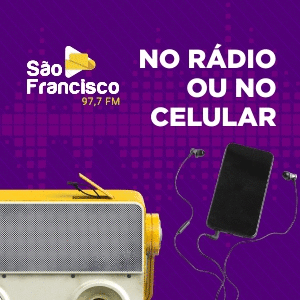
Normally, when we delete a file on a computer or cell phone, it is sent to the trash, where the contents are in a kind of stand-by. So, you can either remove it manually or wait for the device to do it for you after a certain period of time. But what WhatsApp Do you have such garbage? Today we will show you where is WhatsApp Trash. come with us!
Where is WhatsApp trash?
Firstly, while downloading an image, video, document or message via WhatsApp, your smartphone makes a copy of that item, duplicating it. Therefore, one version is saved in the application and the other in the phone’s memory. This means that you can access the saved version on the phone even if the app version is removed.
However, WhatsApp does not have a Trash nor a section where deleted files are stored for some time.
Therefore, all items deleted directly in the app are deleted forever, as it is not possible to save content outside of WhatsApp’s backup.
But, apart from that, on Android and iOS smartphones, both the app backup and the operating system are capable of recovering deleted WhatsApp files. But here comes a secret: from cell phones samsung Offer a dedicated Recycle Bin app, which keeps media and documents from other apps.
I deleted a file on WhatsApp. and now?
But calm down there, all is not lost. Well, if you have accidentally deleted a file on WhatsApp and your backup is up to date, you can recover deleted media!
For this reason, make sure that your WhatsApp account has automatic backup enabled. This is Android and . goes to iOS, where the backup is linked to your account. Google or iCloud, respectively. In addition, you can also define how often the application will save your conversations in the cloud, which can be monthly, weekly or daily.
whatsapp backup
First, backup involves copying everything shared across an application, program, or service. Thus, files can be saved locally on the device, or, more commonly, in the cloud, so as not to take up memory on the device.
So, WhatsApp Backup follows the same concept. ConversationsImages, videos, documents and other content sent are stored in the cloud. For example, Google Drive (Android) and iCloud (iPhone).
Plus, if you change your cell phone, you still have a way to recover your conversations, including those that were deleted, as long as they were deleted in less than 24 hours. .




